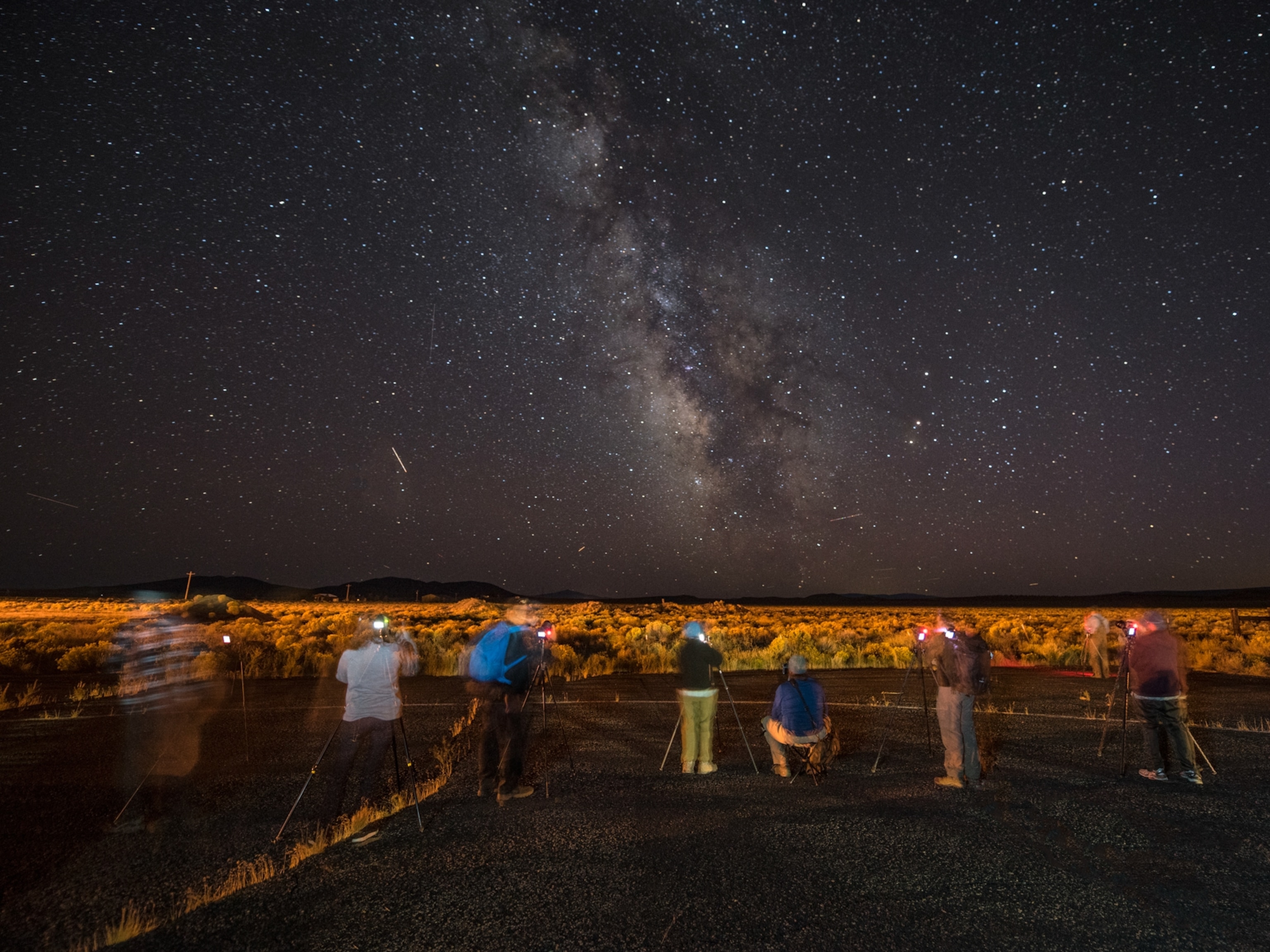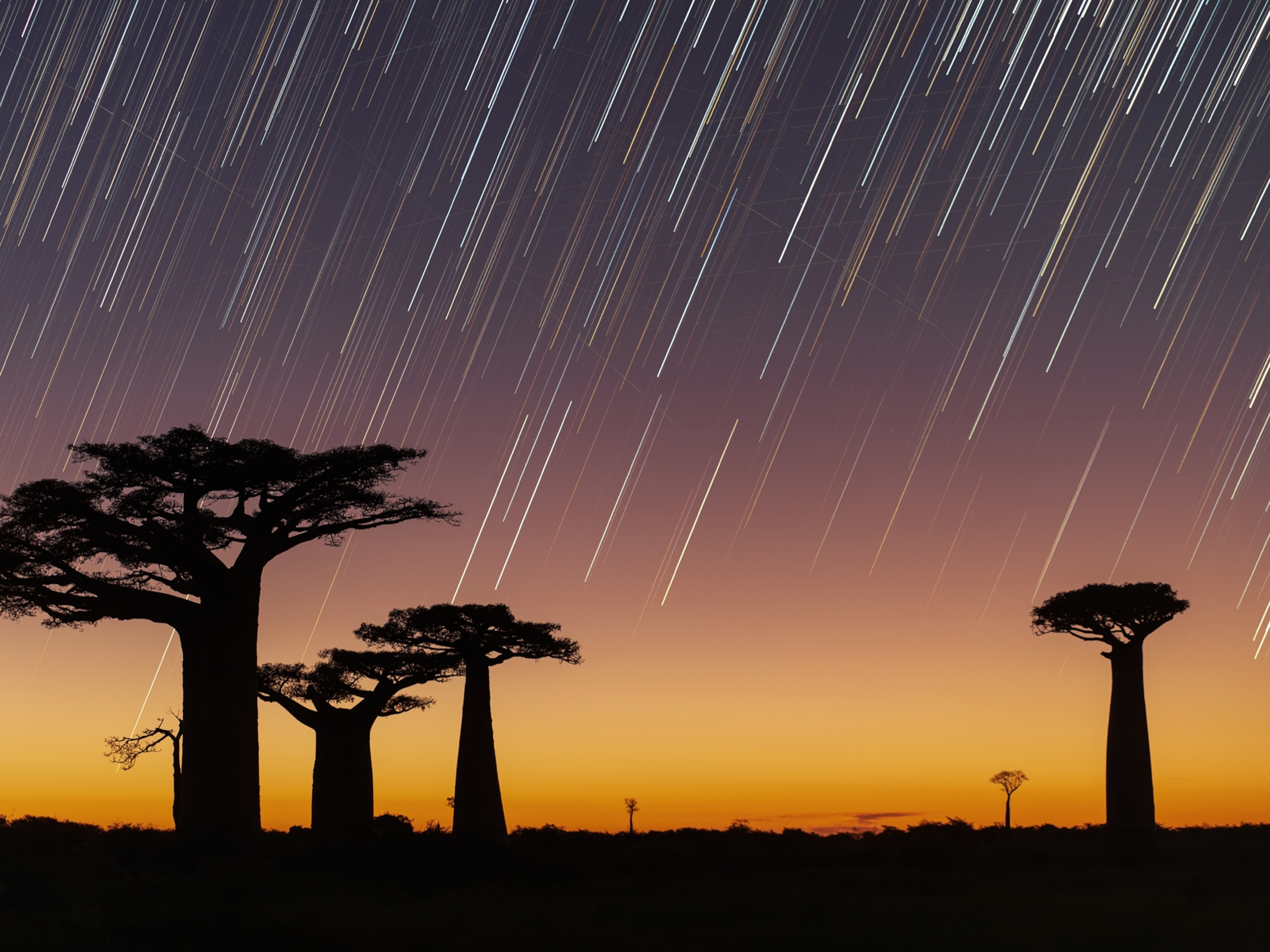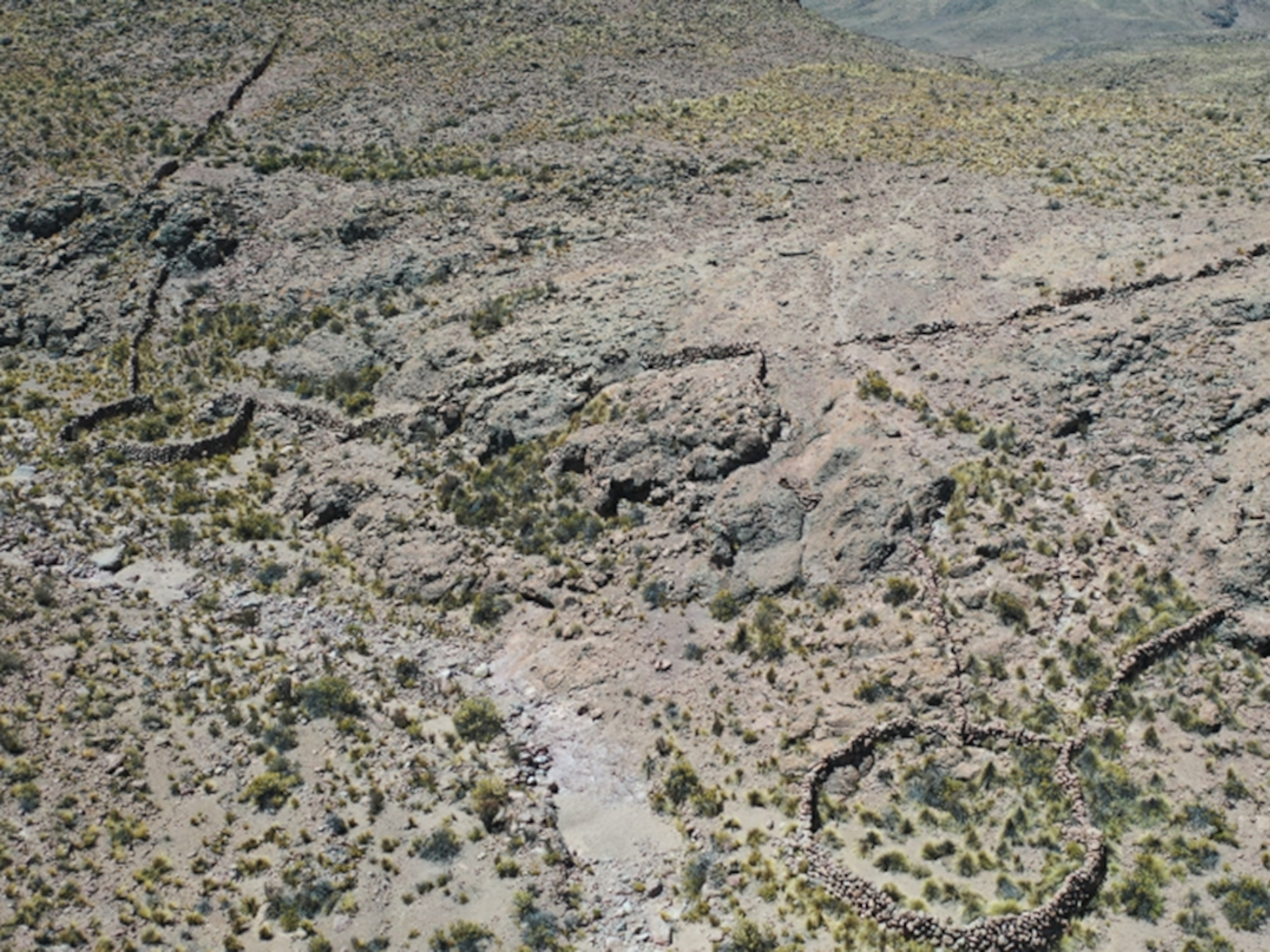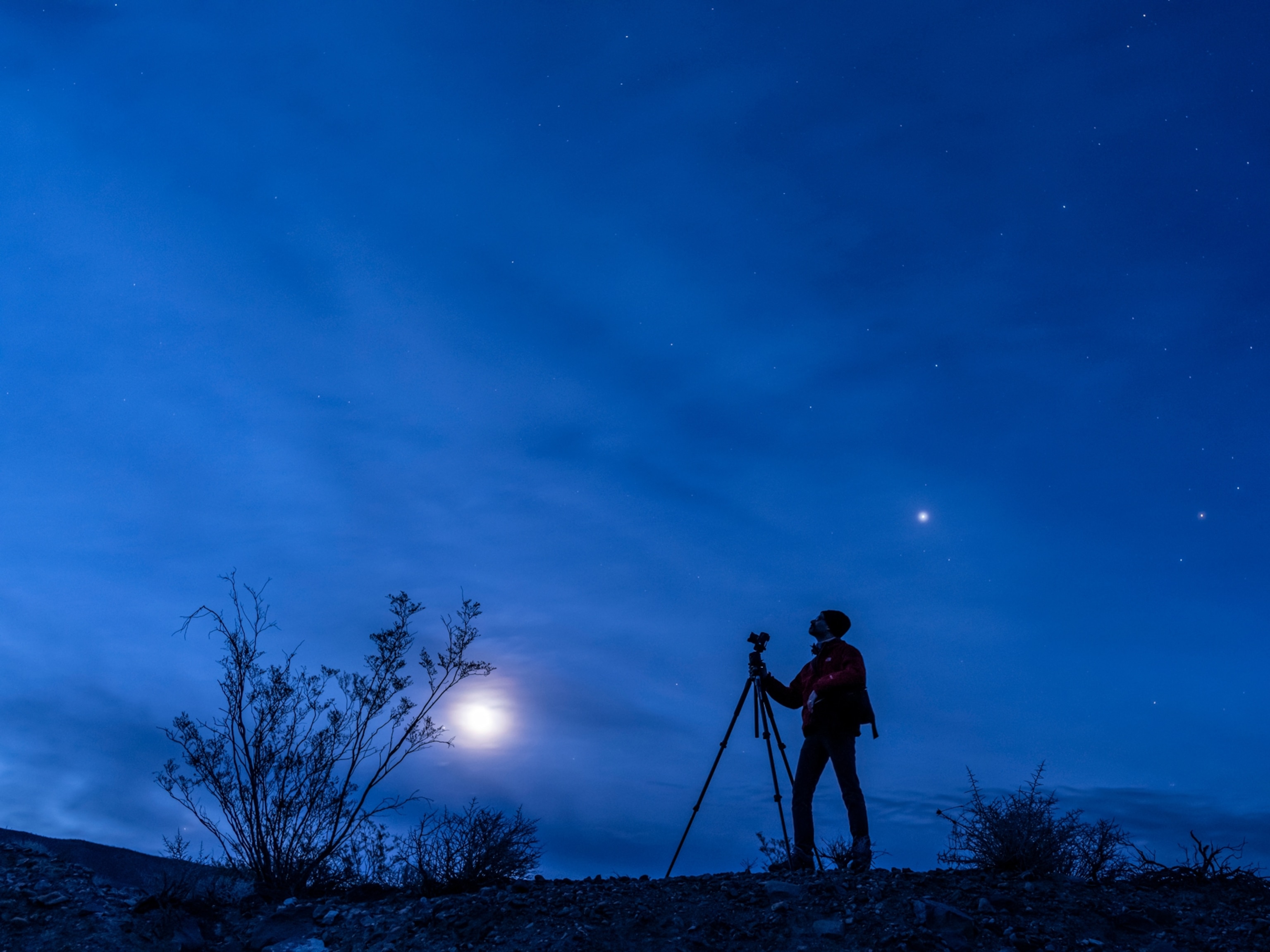
New Milky Way Map Is a Spectacular Billion-Star Atlas
The most accurate map of the Milky Way ever produced includes some 400 million stars never before seen by humans.
After more than two years spent gluing its eyes to the heavens, an advanced celestial mapmaker has released its first results—wowing astronomers with the most accurate view of our Milky Way ever assembled.
The announcement marks the first release of data from Gaia, a spacecraft operated by the European Space Agency (ESA). Launched in December 2013, the spacecraft currently sits a million miles away from Earth in the gravitational parking spot known as L2. From this unique vantage point, the craft has been cataloging stars and looking for shifts in their apparent positions caused by the spacecraft’s orbital motion around the sun.
Measuring these shifts, or parallaxes, lets astronomers calculate the stars’ actual positions and movements through the galaxy with great precision, a field of study called astrometry that Gaia and its predecessor Hipparcos have revitalized.
For thousands of years, astronomers from the ancient Babylonians to Tycho Brahe had preoccupied themselves with noting the stars’ precise locations, a crucial foundation to understanding the cosmos. But the field sputtered in the 1960s, when scientists reached the smallest parallaxes that Earth-based telescopes could measure, stymied by interference from our rippling atmosphere. (Get a stunning view of the Milky Way as seen from Earth.)
It wasn’t until the 1980s and 1990s that the ESA satellite Hipparcos took astrometry to space, where it ultimately measured the precise distances of more than 100,000 stars. Gaia is even better: Hipparcos’s gaze reached only as far as 1,600 light-years away, barely leaving our celestial backyard, but Gaia is able to spy on stars up to 30,000 light-years away.

Revolutionary Mapping
With the new data release, Gaia has tracked the positions and motions of the brightest two million stars in the Milky Way, smashing the 100,000-star mark set by Hipparcos.
The release, the first of five planned through 2022, also contains an atlas detailing the positions and brightnesses of some 1.1 billion stars in the Milky Way, based on 14 months of observations starting in July 2014. Over 400 million of these stars have never been seen before. (Also see “How Much Does the Milky Way Weigh?”)
“It’s the largest ever map made [of the Milky Way] from a single survey, and it’s also the most accurate map ever made,” says Anthony Brown of Leiden University, a member of the Gaia Data Processing and Analysis Consortium. He notes that while the map will improve dramatically in the coming years, it already pinpoints a star’s location to within 10 milliarcseconds—equivalent to determining an object’s position to within a hair’s breadth from more than a mile away.
It’s very unusual, very revolutionary, and very spectacular—and it’s going to keep thousands of scientists busy for years.Michael Perryman, University College Dublin
“Gaia is at the forefront of astrometry, charting the sky at precisions that have never been achieved before,” Alvaro Giménez, ESA’s director of science, says in a statement. “Today’s release gives us a first impression of the extraordinary data that await us and that will revolutionize our understanding of how stars are distributed and move across our galaxy.”
What’s more, the data release adds hundreds of variable stars to astronomers’ toolkits. These stars regularly dim and brighten in predictable ways, allowing astronomers to measure vast cosmological distances. Having more of them to work with is akin to getting a larger, more precise yardstick.
And Gaia is just getting started. By the end of its scheduled observation run, the spacecraft will have tracked the accurate positions and motions of roughly a billion stars, or one percent of the Milky Way’s estimated stellar population.
“[Gaia] is going to give you this sort of three-dimensional movie of the galaxy, which is absolutely unprecedented,” says astronomer Michael Perryman of University College Dublin, who worked on Hipparcos before becoming Gaia’s lead project scientist from 1993 to 2007.
“It’s very unusual, very revolutionary, and very spectacular—and it’s going to keep thousands of scientists busy for years.”
And Gaia, which sports a billion-pixel camera and optics that rival those aboard the Hubble Space Telescope, isn’t just for tracking stars. The final survey will contain 250,000 new solar system objects, a million distant galaxies, 500,000 quasars—and about 20,000 exoplanets, says Gaia lead project scientist Timo Prusti.
It’s no small wonder, then, that astronomers are agog. Columbia University astronomer Kathryn Johnston calls Gaia “the data set for galactic science for my generation of astronomers.”





